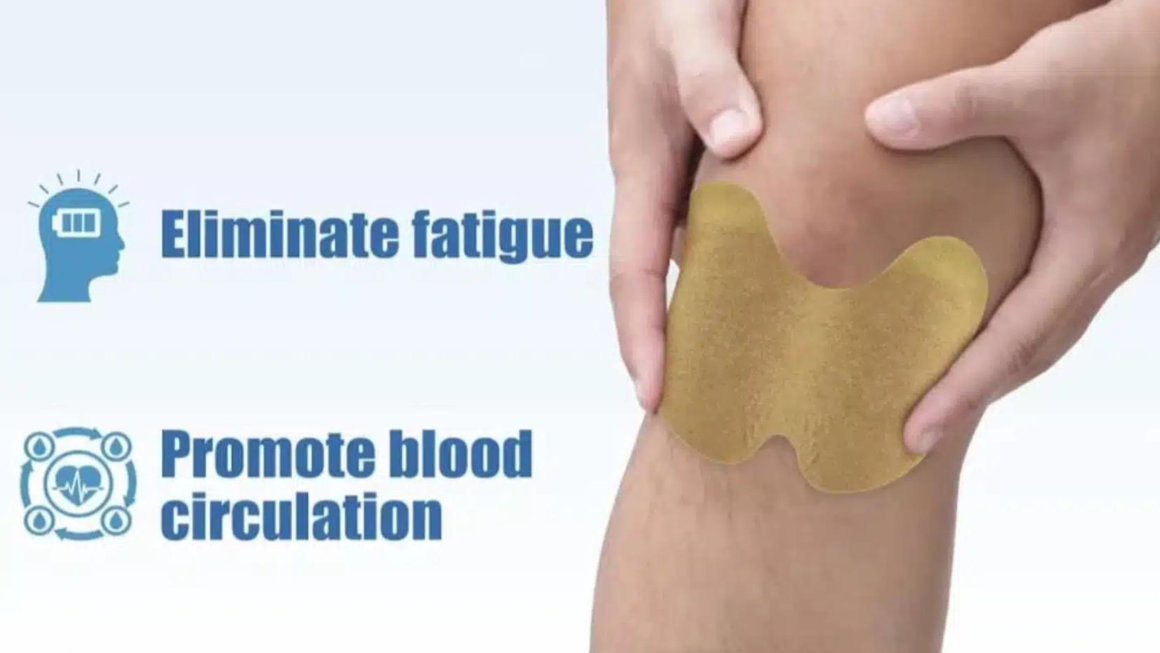Hollow cheeks, or sunken cheeks, happen when there’s a clear dip between your cheekbones and jawbone because of less fat. This can make you look older and might be due to ageing, your genes, losing facial fat, or certain health issues. Whether you get sunken cheeks can also depend on your bone structure and how much fat you have on your face. To improve hollow cheeks treatments like facial fat grafting or facelift surgery are options.
What Causes Sunken Cheeks?
Natural Aging
As we get older, our skin loses collagen and elasticity, causing our faces to look more sunken. Our facial fat also tends to drop, making the area under our cheekbones look hollow.
Genetics
The shape of your bones and how fat is spread out on your face are big factors. Some people are just naturally more likely to have sunken cheeks because of their genes, even if they’re healthy.
Weight Loss
Losing a lot of weight can make you lose fat in your face, leading to hollow cheeks. It’s important to figure out if a health problem is causing the weight loss.
Medical Conditions
Issues like anaemia, Crohn’s disease, and hyperthyroidism can make you lose weight and give your cheeks a sunken look. It’s key to get these health problems checked out by a doctor.
Certain Medications
Some medications can cause weight loss, which can make your cheeks look hollow. It’s a good idea to talk about side effects with your doctor.
Symptoms of Hollow Cheeks
As you get older, you may lose facial fat, which can result in:
- Cheeks that look sunken or flat
- A more gaunt and older look
- Dark circles or hollows under the eyes
- Skin that appears stretched or thin
- Less fullness in the cheeks
- Wrinkles or lines on the cheeks
Solutions to Hollow Cheeks
To improve the look of hollow cheeks and get a fuller appearance, consider these options:
- Facial Fat Transfer: Fat is taken from another part of your body through liposuction and injected into your cheeks. This can add volume and give a natural look with little scarring. It’s great for lasting results and can be done with other treatments like facelifts for a bigger change.
- Recovery: It usually takes 2 to 6 weeks to recover. With any surgery, there’s always a chance of infection, bleeding, or bruising. Speak to your surgeon about these risks so you know what to expect.
- Cheek Enhancements: A quicker, non-surgical way to fix sunken cheeks is with injectables. These cheek enhancements, often made from hyaluronic acid, add volume right away. You’ll see results fast with typically little downtime, and they last around a year.
- Recovery: You might have some bruising or swelling right after, but it usually goes away quickly. The risks are low, though sometimes the injectables can be uneven. Your injector will go over all the possible risks with you.
Combination Solutions
Along with the treatments mentioned, making smart lifestyle and skincare choices can also boost your results:
- Skin Care: Keep your skin hydrated with serums and moisturisers, and protect it with broad-spectrum sunscreen every day, especially if you live in sunny places. This helps keep your skin healthy and hydrated.
- Exercise Routine: Staying active with regular exercise and eating well helps your skin produce collagen and stay healthy. High-Intensity Interval Training (HIIT) and resistance exercises are especially good.
- Diet: Eating foods rich in antioxidants, like berries and leafy greens, and omega-3 fatty acids, found in fish like salmon and tuna, helps protect your skin from damage and keeps inflammation down.
- Facial Massage Techniques: Doing facial massages regularly can improve blood flow and boost collagen production.
Choosing the Right Solution for Hollow Cheeks
Selecting the best treatment for hollow cheeks depends on your goals and individual circumstances. Consulting with a certified and experienced plastic surgeon can help you explore the various options and determine which will provide the best results for you. It’s also important to consider the maintenance required for each treatment, as some are more permanent, while others need regular upkeep.
FAQs
How Long Do the Results of Treatment Last?
Cheek enhancements typically last about one year, while facial fat transfer results are permanent, although the ageing process will continue over time.
Is There Any Recovery Time Required After Treatment?
Facial fat transfer involves a short recovery period with minimal scarring and pain, though swelling may last two to six weeks. Cheek enhancements have minimal downtime, with mild bruising and swelling that usually subside within a few days.
Next Steps
With a variety of treatment options available, you can find a suitable solution improve volume to sunken cheeks.



